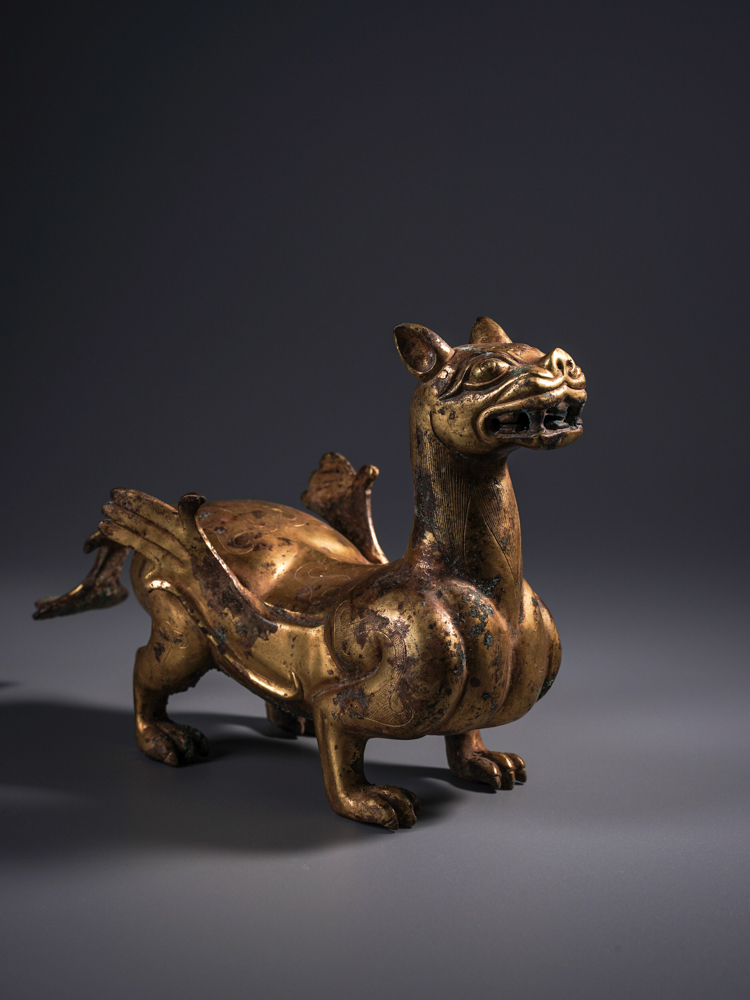Ancient bronzes are definitely the crystallisation of history and civilisation, embodying the great ancient art of bronze casting. All kinds of heavy bronzes unearthed in the past have amazed the world, each of them is exquisite and magnificent.
However, while outsiders can see the big picture, insiders can see the big picture. Underneath the magnificent appearance, the significance of its preservation is even more far-reaching.
It allows future generations to understand the social development, cultural life, major events, habits and customs of the time, and has an extremely important value.
1、It can be used to determine the age of tombs
2、Study the ancient bronze casting technology.
3、Bronze inscriptions can be used to supplement history and prove history.
4、Bronze decorations are good for studying ancient decorative arts.
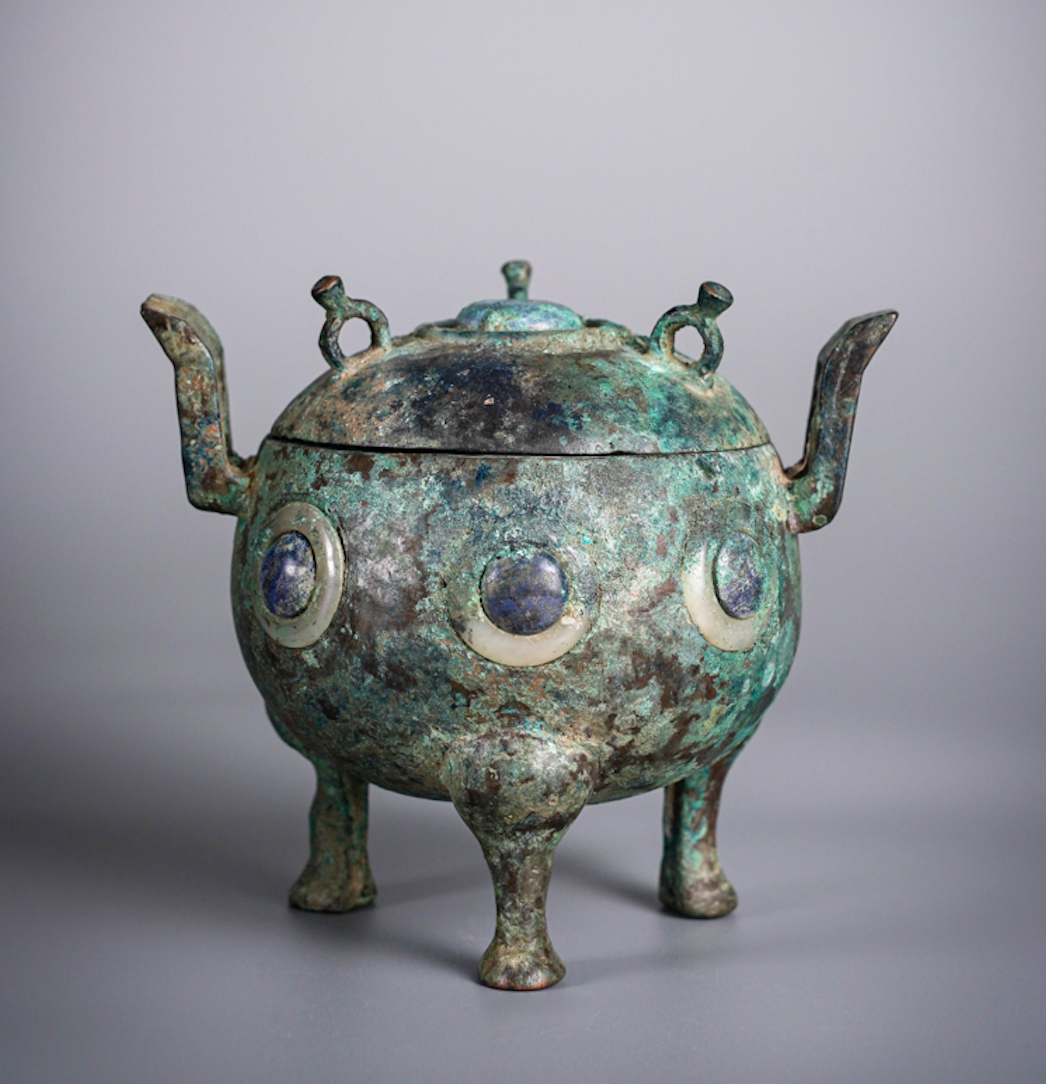
Bronze refers to vessels and utensils made of bronze as the basic raw material. Bronze, anciently known as gold or jijin, is an alloy of red copper and other chemical elements (tin, nickel, lead, phosphorus, etc.), and is named after the greenish colour of its rust.
Historically, the ‘Bronze Age’ refers to a period when bronze tools and bronze ceremonial vessels were used in large numbers. Conservative estimates suggest that this period spanned about two millennia, from the Xia, Shang and Zhou dynasties to the Qin and Han dynasties, and that it was a period of development, maturity and even the heyday of the bronze artefacts.
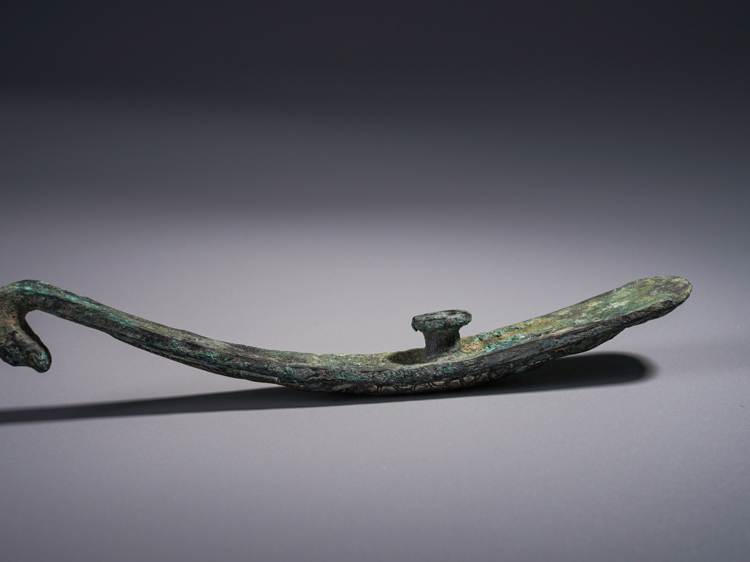
Bronzes have been called ‘a living history book’ by historians because of their unique shapes, exquisite decorations and elegant inscriptions, which reveal the casting process, cultural level and historical flow of the pre-Qin period. The ancient civilisation of China is long and far-reaching, and bronzes are the epitome and reproduction of it.

Firstly, the number of Chinese bronzes is large and varied. It is impossible for anyone to count the number of bronze artefacts in China.
According to some statistics, only in terms of bronze objects with inscriptions, from the Han Dynasty to the present day, more than 10,000 pieces have been unearthed.
If we add the uninscribed bronzes, we can imagine how many there are. Precisely because of the large number, the variety of Chinese bronzes is also extremely rich, not only wine vessels, water vessels, food vessels, weapons, ceremonial vessels, as well as carriages, horses, farm implements, tools, and all kinds of household utensils.
The many bronze vessels are vivid, colourful and fascinating to behold. However, the culture of each dynasty was different, and so were the utensils created. Through the patterns of the bronzes in the tombs, the patterns can be dated, providing more useful clues for modern archaeology.
Study of Ancient Bronze Casting Techniques
Chinese bronzes are widely distributed and of high quality. The area where Chinese bronzes were unearthed is concentrated in the Central Plains, but their distribution extends far beyond the Central Plains, with bronzes found in the Northeast, Northwest, Ba Shu, Lingnan, and even in Tibet and the fishing islands of the East China Sea.
These bronzes are vivid, exquisite and of different styles, showing their different artistic styles.
Chinese bronzes from the Shang and Zhou dynasties are exquisite, with unusual shapes, random patterns, richness and elegance. There are numerous fine bronzes, such as the Simuwu square tripod, the tiger-eating wine container, the double-goat zun, the Dak tripod, the Maogong tripod, the Lotus and Crane square jugs, the Shuangxiong Baojian (Double Horned Sword), the Gouzhi Sword, the Changxin Palace Lamp, the inlaid turquoise reclining deer, and the bronze carriages and horses, all of them are exquisitely made and have a striking artistic power, which is of course very much loved by both domestic and foreign collectors. Other kinds of bronze objects, the casting according to the different hardness requirements, the accurate proportion of copper and tin, so that the quality of the vessels is excellent, which is beyond the reach of foreign bronze castings.
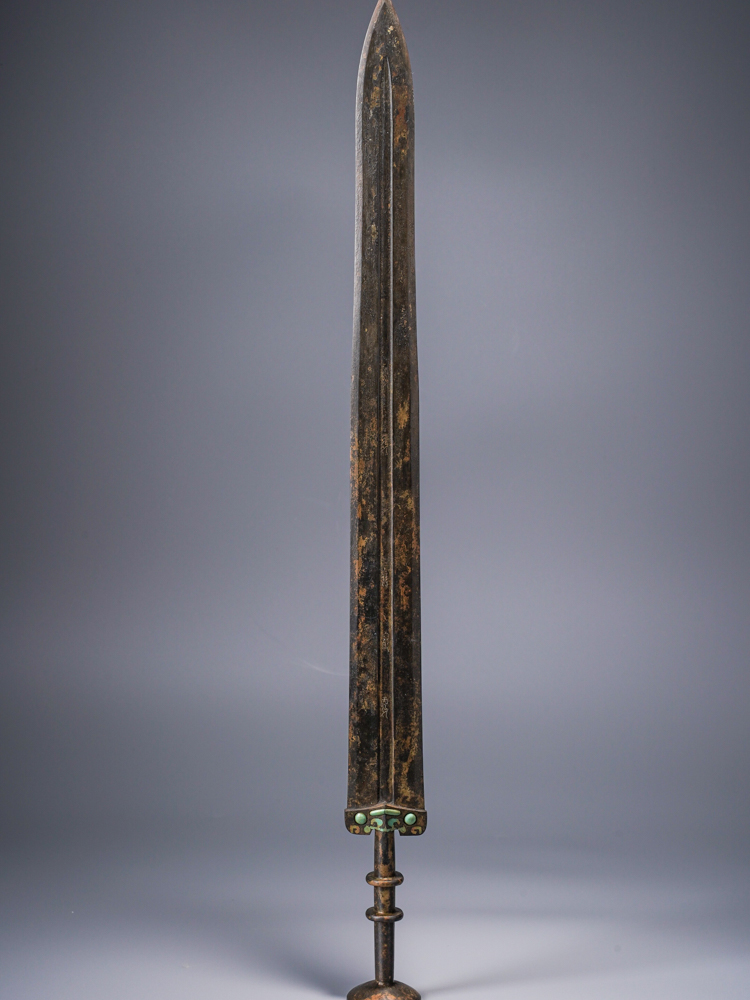
藝術中心館藏(春秋戰國 青銅劍)
Bronze Inscriptions Can Supplement History, Correct History and Prove History
Inscriptions are the most important feature of Chinese bronzes. Most of the ancient bronzes around the world do not have inscriptions, and only a few bronzes unearthed in India have short inscriptions. The number of ancient Chinese bronzes with inscriptions has reached more than 10,000 pieces, and there are many long inscriptions, for example, the inscription of Mao Gong Ding is as long as 497 words. The style of these inscriptions, either bold and free, or strong and powerful, has a very high value for calligraphy appreciation. These inscriptions are also one of the most difficult aspects of authentication.
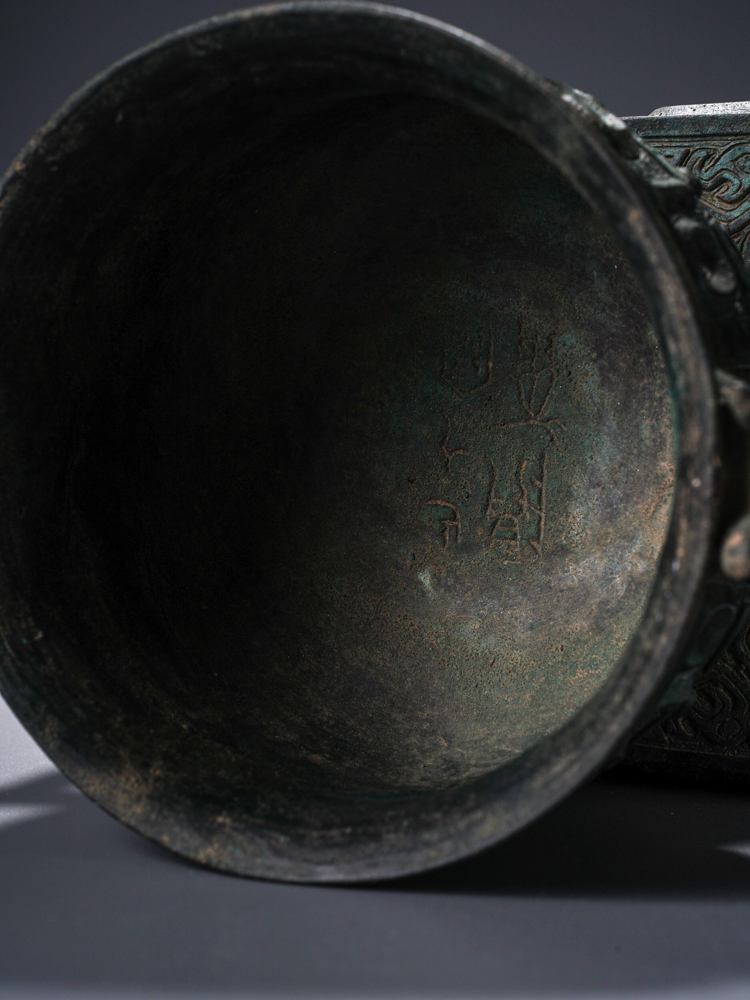
Bronze decoration facilitates the study of ancient decorative arts
Chinese bronzes, mainly vessels, are also unique among the world's bronze cultures. Worldwide, from the Indus Valley to the Balkans, from the Minoan to the Mycenaean civilisations, most of the bronzes represent weapons, such as gorges, spears, knives, arrows, swords, halberds, arrowheads, and arrowheads, whereas Chinese bronzes are dominated by containers, which are more difficult to cast and have intricate decorations. These containers, especially the tripod, are important national treasures. They have deep meanings and rich contents, which are conducive to the study of ancient decorative ideas.
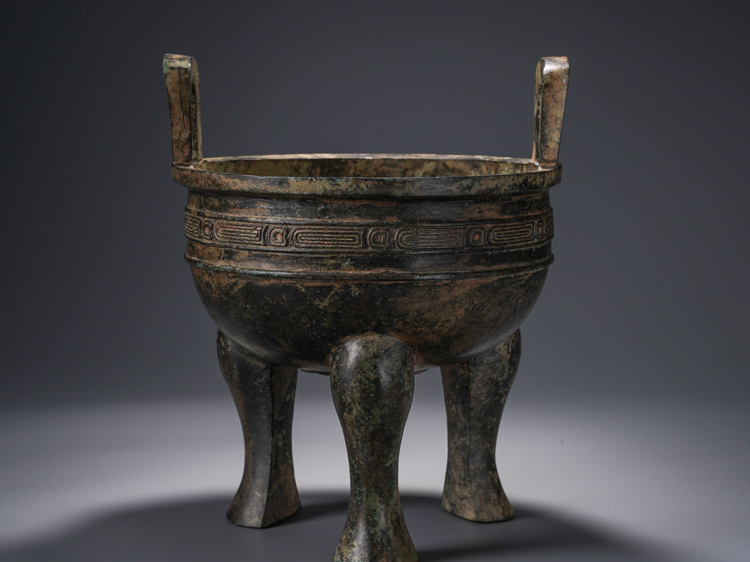
藝術中心館藏(漢代 青銅饕餮紋螭龍耳尊)



